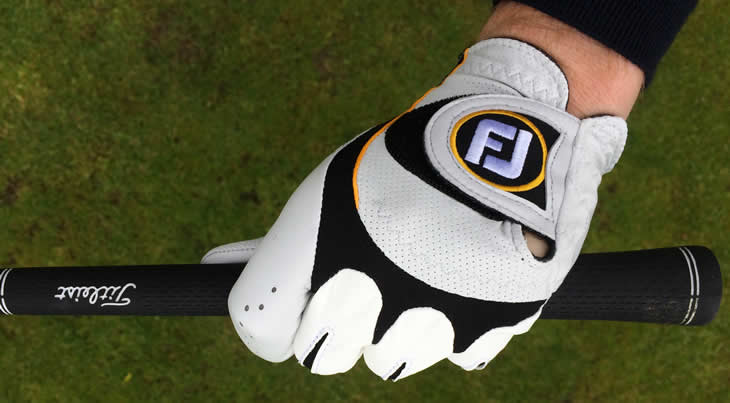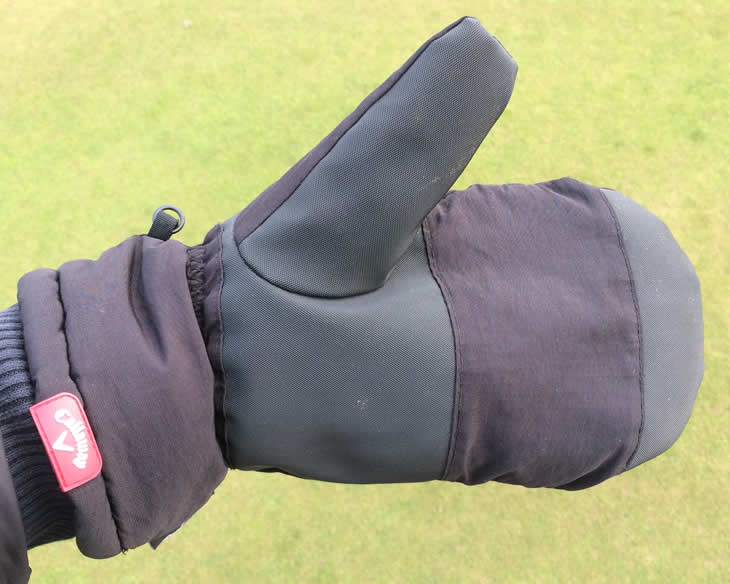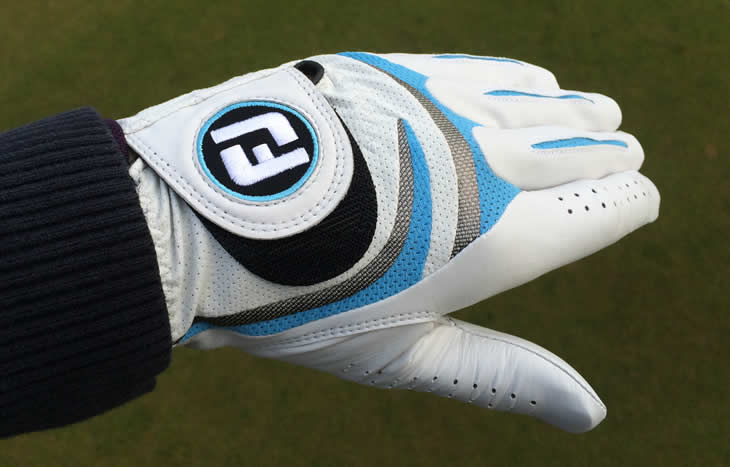Many golfers believe golf gloves are non-essential golfing accessories and you can play just as well without them as you would with them. There are several professionals that play without the aid of a glove and it works well for them, however for the average amateur a glove is vital.
Your hands are the only parts of your body that touch the club and aiding them may help your game. Amateurs are willing to spend a lot of money of golf shoes and hats and other accessories, yet do not seem inclined to splash out on a glove. Lose your grip on your game and you will soon lose control, so don’t hold back on getting a good glove.
Contrary to common belief there is a lot of choice when it comes to a glove and they range in price from a few pounds to the price of a dozen golf balls. The following descriptions will give you an insight to what different features gloves offer and which one may be the one for you.
Materials
Leather Golf Gloves
By far the most common type of material of golf glove, leather has many benefits to golfers. The texture of the material is perfect for golf; it offers great feel to a player, and grips like a second skin.

Leather is also very moisture resistant and will stay soft for a long time if looked after correctly. Over time it will stretch so don't go for the larger one and hope to grow into it. After a wet day it will hold water, but when dried off it will offer the same grip as before if dried properly. Make sure you pull it to shape and let it dry naturally.
Synthetic Golf Gloves
More commonly used on smaller parts of a glove, synthetic is a stretchy, extremely lightweight material that suits a golf glove perfectly. It is mainly used to bridge the knuckles or offer more flexibility in the joints of the fingers.

Some gloves in the market do use 100% synthetic material and these will be more durable than a leather glove. Its lightweight, breathable and stretchy microfibres work well to adapt to movement in a player's hand and keeps the hand cool in warm weather.
All-Weather Golf Gloves
The all-weather glove does it exactly what it says on the tin. Aimed towards golfers who play in wet or extremely humid conditions, it is more water resistant than any other material and can offer better feel in moist conditions.

The light synthetic material is breathable and actually grips better the more it gets wet as the fibres on the palm of the glove stand up to create more friction. Often covered in a warmer, thick material to keep your hand warm through colder conditions, it is undoubtedly the best option for golf in the rain or if your are sweaty in warm conditions.
Thermal Golf Gloves
Winter weather and temperatures scare a lot of golfers away from the golf course, but winter or thermal gloves offer a warmer option to your fingers in those winter months. This playing glove is a thick, often knitted or thermal material that is worn on one or both hands to play shots. It looks like a normal golf glove and is usually dark coloured and allows a player to maintain heat in their hands, which is essential for golf in cold weather.
Golf Mitts
The other type of winter glove is a mitt. Designed to slip over your hands or a normal playing glove, you cannot play with these gloves on, but there is no better way to maintain feeling in your hands than winter golfing mitts.

Getting The Right Size Of Golf Glove
It is estimated that up to 50% of golfers wear a glove that is too big for them. The golf glove should feel like a second skin with no excess material either across the palm of the hand or at the end of the fingers. When putting your glove on you should work the fingers in first, gently depressing the glove around each finger before finally inserting the thumb.
A handy tip to remember is that the velcro fastener should come no more than 75% of the way across - if it does then this indicates the glove is too big and you need a smaller size.

Frequently Asked Questions
Which hand should you wear your glove on?
If you are a right-handed player, then you should wear a golf glove that goes on your left hand. Similarly, if you are a left-handed golfer, you will wear your glove on your right hand. Some winter gloves and all-weather gloves will offer pairs of gloves for both hands, but this is fairly rare.
Why do professionals take their gloves off to putt?
Most professional players do take their gloves off to putt. It is not to prevent tan lines, or so it can look stylish hanging from their back pocket, but actually to offer more feel. The more layers you have on your hand, the more your feel is reduced. The feeling and nerves in your fingers and hand are further away from the actual grip, reducing feel. Putting, as many instructors preach, is all about feel. You have to feel the distance of the putt and stroke it, feeling the distance through the grip. So professionals choose to remove their glove to increase the feel and control they have over their putts.
What sizes do glove manufacturers offer?
As yet, there are no 'one size fits all' gloves. All glove manufacturers produce gloves that will fit your hand perfectly. Men's, women's and kid's sizes are offered by most manufacturers. In the men and women's sections glove companies usually offer small, medium, large and extra large gloves.
However, a lot of manufacturers go a step further and may offer a men's medium large (ML) glove due to the fact that most men will typically fit between a medium and large glove. Some manufcturers also offer a Cadet size that has shorter fingers and wider palms so try before you buy.
What should I do if my glove gets wet?
Making sure your glove is dry after getting wet is very important. It is best to let it air dry at room temparture or outside. When a glove is damp in play, it is best to change it to give you maximum peformance.
It is always a good idea to keep more than one glove in your bag in case bad weather interrupts your round or your glove gets damp with sweat. Professionals will typically carry 4-6 gloves in every round they play and change 2 or 3 times in a round. However, they are being given gloves free!
For amateur players investing in several gloves and rotating more than one glove during the round is the answer that will really help you get a grip on your game and will cost the same over the long run.